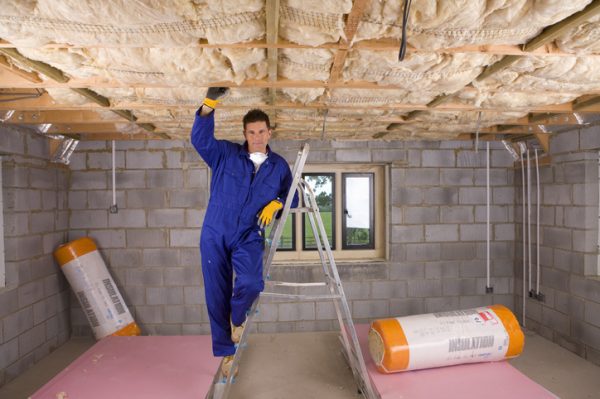5 steps for insulating your basement
Failing to insulate your basement properly can cause numerous problems in your home. In addition to cold drafts, a lack of insulation can also lead to poor air quality and higher heating bills.
Most homeowners notice uninsulated or under-insulated basements in the winter. But warmer months tend to do more damage to basements, due to humidity and moisture. The more humidity and moisture your basement is exposed to, the more likely it is for mold to grow and other problems to sprout.
Understanding how moisture gets into your home and preventing it can help provide year-round comfort. Additionally, properly insulating your basement can save you money on heating, increase the life of your heater and provide your family with better air quality.
Let’s look at 5 steps you can take to properly insulate your basement.
1. Seal holes in the foundation
Seal all holes in the foundation, including around electrical connections and pipes. Check for leaks around any windows, especially around windows you have difficulty closing. You can use a caulk gun and silicone caulk to seal holes.
2. Clear your rain gutters
It might seem odd that clearing your gutters is on a “How to insulate your basement” guide. But clogged gutters are major cause of unwanted basement moisture. They can cause runoff to pool around your foundation. This can lead to soil movement, which, in the worst-case scenario, can cause catastrophic structural damage to your home.
Keeping your gutters clear and positioning downspouts to direct water away from your home is a quick and easy way to keep moisture out. Less moisture makes it easier to properly insulate your basement.
3. Seal and insulate where flooring joists meet the rim joist
For unfinished basements, you can seal and insulate the spaces where your flooring joists meet the rim joist. This helps reduce heat loss and covers gaps that could allow moisture seepage. You’ll need a few hours and some of the following tools to do this yourself.
- Extruded polystyrene (XPS) foam insulation panels
- Expanding spray foam
- Silicone caulk and caulk gun
- Tape measure
- Utility knife
- Carpenter’s square
- Stepladder (optional)
Here’s a short video from Family Handyman to guide you through how to do this.
4. Do a wall condensation test
Tape a square piece of aluminum foil to the basement wall. After 3 days, check for any sign of moisture. If you find moisture on the inside of the foil, you’ll know you have a moisture penetration problem. If this is the case, it may be time to call in a professional.
5. Insulate the ceiling
Prior to insulating basement ceiling tiles, you should determine how you want to use your basement. If you want to use it for living space, insulating the ceiling may not be preferable. Insulating basement ceiling tiles will create a barrier between your heated home and your basement, meaning it will be colder without a heater.
Insulating your basement is a good way to lower the costs of home ownership. Another great way is to purchase a home warranty from 2-10 Home Buyers Warranty (2-10 HBW).
2-10 HBW offers the most comprehensive home warranty coverage for homeowners. Let us help you protect your home.








